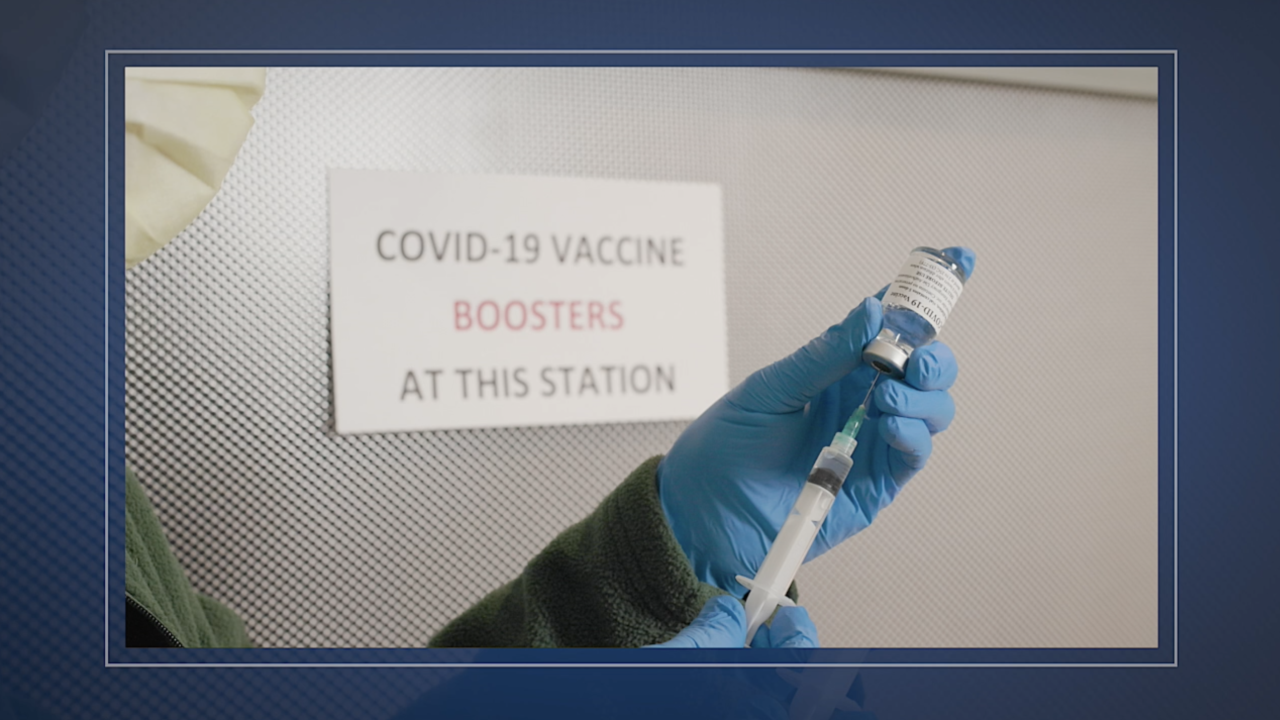TAMPA, Fla. — “If it’s going to lead to significant hospitalizations then we are in trouble,” said Dr. Edwin Michael, Professor in Epidemiology at the University of South Florida.
That’s what researchers are most worried about as they all track the omicron COVID-19 variant.
As of Tuesday, 112,941 Americans were hospitalized with COVID-19 according to data from the U.S. Department of Health and Human Services.
That number exceeds hospitalizations during the delta surge.
“Now that is going to be fearful if, after a three to four-week lag, you know between cases, if hospitalizations are beginning to increase then we have a problem, all across the world. Once again we are back to square one,” said Michael.
Federal data shows nationwide one in five hospitals with an ICU said its beds in that unit were at least 95% full last week.
The vast majority of patients are not vaccinated or boosted.
“You have some tools to utilize yourself. You can go get vaccinated. You can have two doses. You can now have a booster at six months. That’s huge protection. The likelihood of getting very sick or dying or feeling like you’re going to get very sick or dying from COVID after a booster in a person who doesn’t have any immune problems is extremely low,” said Dr. Jason Wilson, Associate Medical Director of the Emergency Room at Tampa General Hospital.
Data from theUniversity of Florida shows forecasting models predict cases will peak around February and this wave will end around April or May.
The Centers for Disease Control and Prevention estimate omicron is now up to three times more infectious than delta.
Scientists are now looking into what will happen next.
“Eventually we’re going to see that the virus will keep on mutating, but a virus can only mutate so much,” said Wilson.
“Evolutionary biology, right, it always will favor viruses that are more transmissible and the incubation period might be shortening which is also what we’re seeing with omicron, which is increasing its transmissibility and then those that will evade immunity. It will not select higher virulence because then you are killing your host,” said Michael.
Some health officials believe the omicron variant could be the very beginning of COVID-19 becoming less severe.
“The more we see this virus transmitting around and really not causing serious illness, the more we may be getting to that phase where this virus becomes closer to other common viruses that we see out there that affect humans with very little serious or lethal consequences,” said Wilson.
“That could be what the future might look like. Periodically we have to wear a mask and then periodically we have to go get vaccines,” said Michael.



